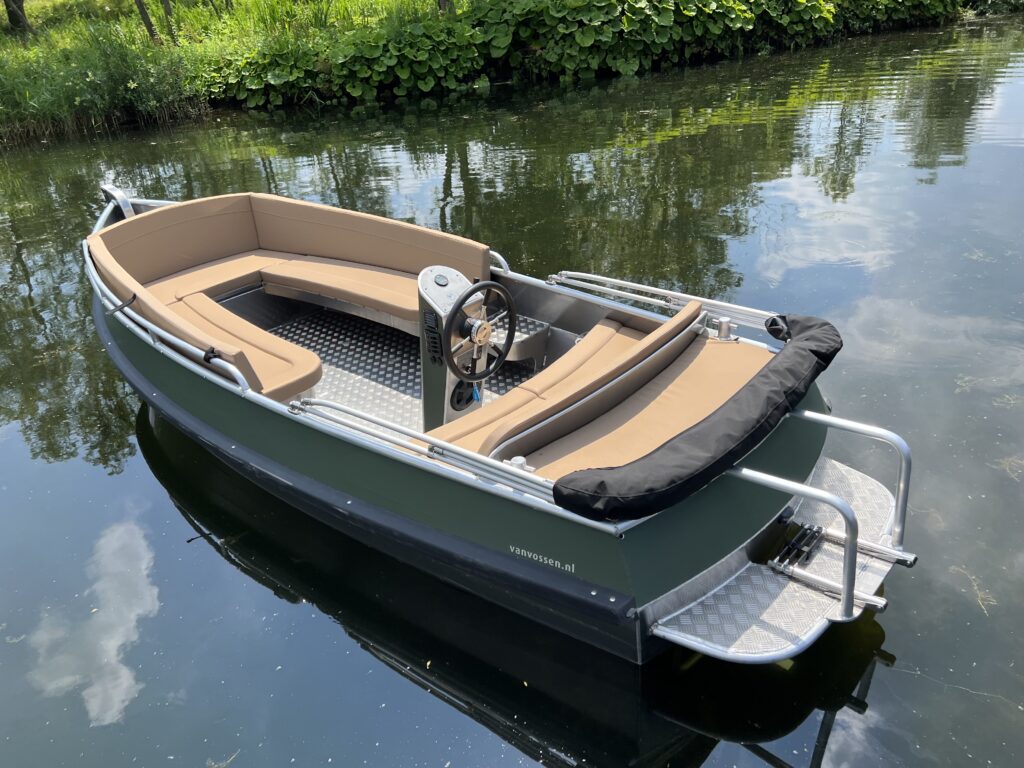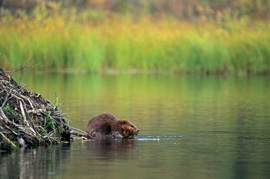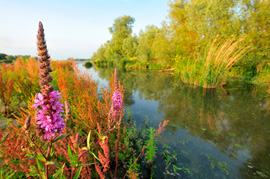
Unforgettable surroundings
and an incredibly beautiful nature.
The Biesbosch begins with an interplay between water, nature and human hands. In this inaccessible area – a nice hiding place during the war – willow cutters, reed cutters, rush weavers, hunters, duck decoyers and farmers on remote farms earned a meager living. After 1970, this ancient culture disappeared due to the disappearance of the tides. Nature was given free rein and some polders were converted into drinking water basins.
In the Middle Ages, the Groote or Zuidhollandsche Waard was a prosperous region where agriculture, fruit growing, and peat and salt extraction were the main means of existence. The area must have looked something like the Krimpenerwaard or the Alblasserwaard in the nineteenth century: with plenty of water, farming villages along the river dikes and along the reclamation paths in the polder, but also with a castle here and there. In one night, from 11 to 12 November 1421, the Sint Elisabethsflood transformed this area into an inland sea of 30,000 hectares. The surrounding dike, already one and a half centuries old, broke through in the southwest, approximately where the Moerdijk bridges are now located, in various places. As a result of this flood, an estimated sixteen villages disappeared from the map.




Aided by later dike breaches at Werkendam, the river water could be used for a shorter period of time
search for the sea. The salt water was pushed back to the sea and turned the area into a freshwater tidal area, the only one in Europe.
Because the sea and river brought in many clay and sand particles after the St. Elisabeth Flood, the underwater land gradually rose. At one point, land became dry at low tide. This created growth opportunities for plants. Rushes grew first. The original name Bergsche Veld was no longer used, the name became popularly: ‘Biesbosch’ (forest of rushes).
Since 1421, the Biesbosch has undergone a special landscape development on which man has exerted a great deal of influence. In the 1970s, humans once again rigorously intervened in the landscape. Due to the construction of the Haringvliet locks (Delta works), ebb and flow largely disappeared from the Biesbosch.

